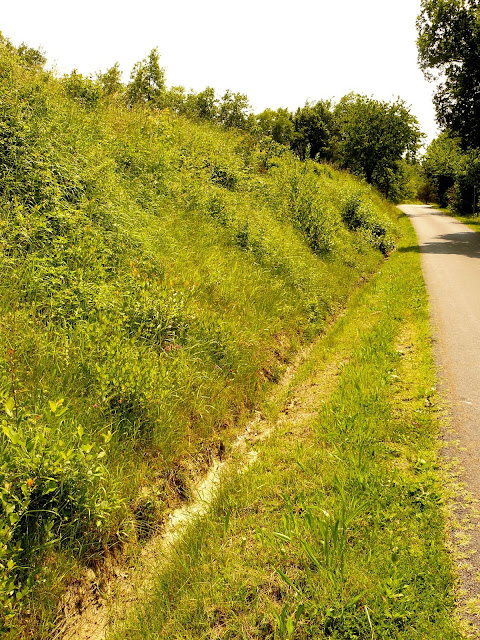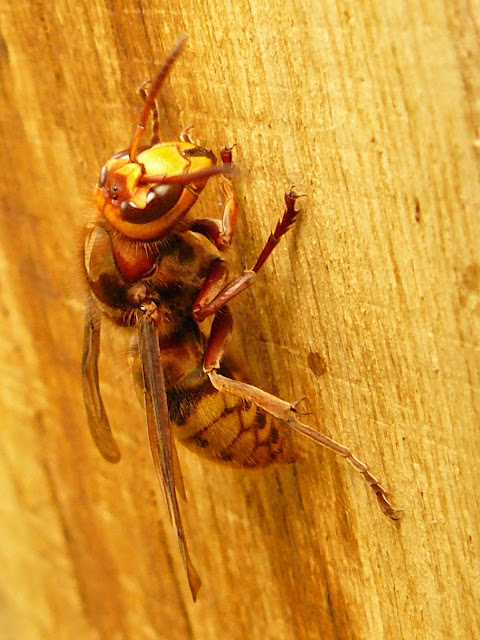My enormous thanks are due to Butterfly Conservation Sussex sightings page at
http://www.sussex-butterflies.org.uk/sightings.html Thanks to this fabulous resource, today I was able to see and photograph both Pearl-bordered fritillaries at Rewell Wood...
...and rare Duke of Burgundy butterflies at Heyshott Down.
Retirement doesn't get better than this. What a great day out in West Sussex.
To get to Rewell Wood it is a short walk from Fairmile Bottom on the A29, across the meadow
with blooming cowslips ,
along the bridleway through an ancient yew wood...
passing through a coppiced chestnut wood, you emerge into the sunshine at a crossroad of bridleways.
Here is a recently coppiced wood; a haven for butterflies and moths.

From here it is a short drive to Cocking, From the A286, the South Downs Way goes up Hillbarn Lane
towards Heyshot Down, which is off to the left as you walk along, where...
...lunch was eaten surrounded by Early-purple Orchids and cowslips. Ignore the herbivore dung! It's well aged.
What an awesome place; an old overgrown chalk quarry, rich in chalk-land plants and butterflies.
Brimstone on a cowslip.
A Duke of Burgundy.
Five hours up on the Downs in such scenery and with beautiful butterflies and plants is simply joyous. Be aware that some of these paths are very steep and slippery. Walking boots (and perhaps a pole) are desirable.
Thanks Bob Foreman for your website, which made this day possible for me.
Join
http://butterfly-conservation.org/ now, if you enjoy butterflies and wish to protect them in habitats such as these.




















































